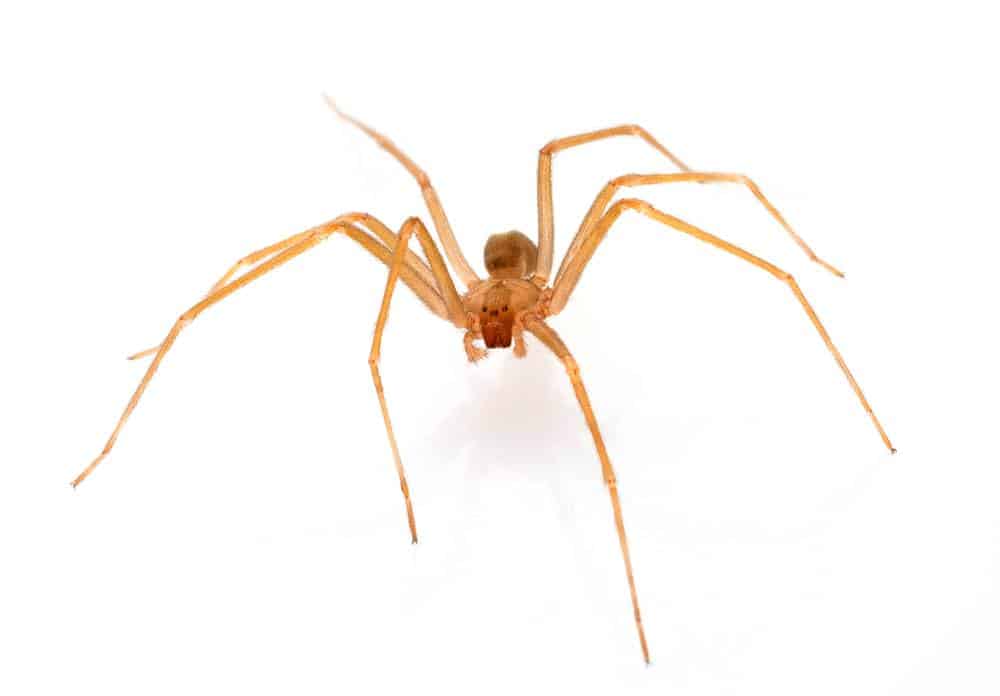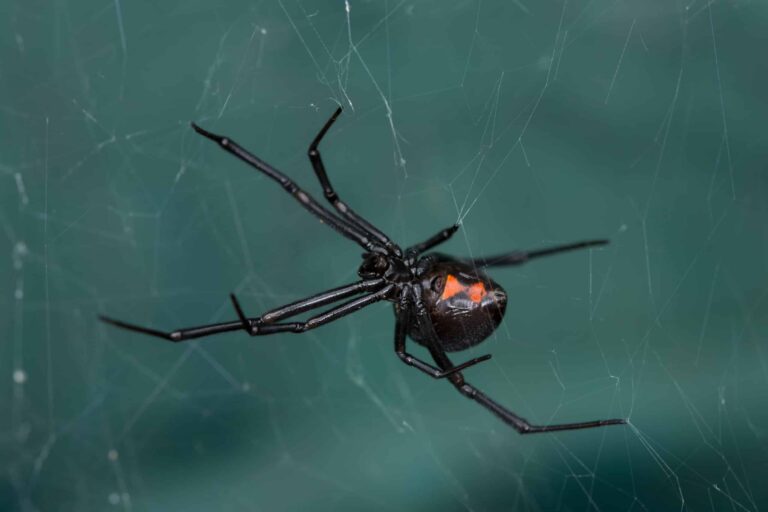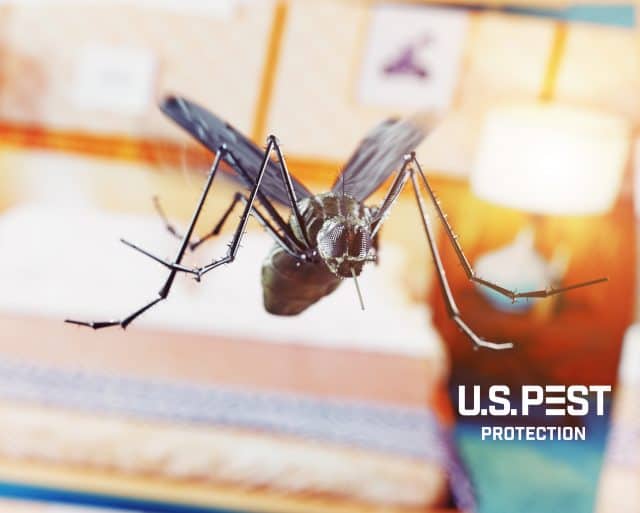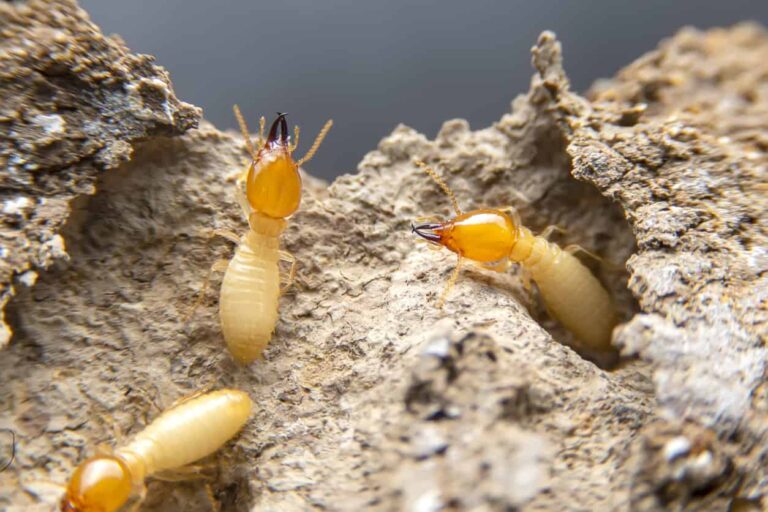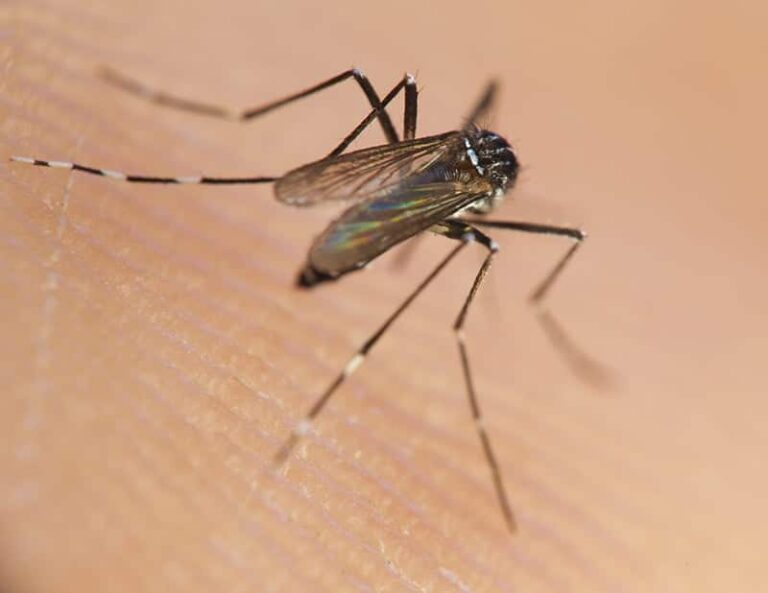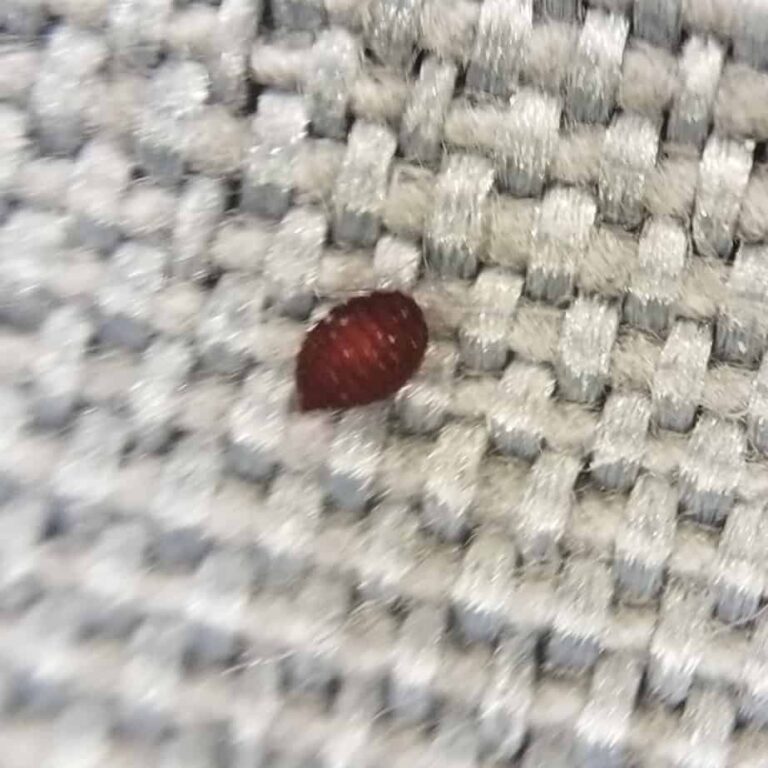Brown Recluse Spider Myths
Brown Recluse Spider Myths Busted by U.S. Pest Protection – Brown recluse spiders (species Loxosceles reclusa) have a reputation of being one of the most dangerous spiders in the United States. There are many misconceptions the general public has about the brown recluse spider. The brown recluse may be a concern as a pest in your home. There are some interesting myths and misunderstandings that confuse people.
Myth-busting facts about Brown Recluse whereabouts
First of all, brown recluse spiders are not found everywhere in the country. The common areas where this spider is established is in the central states. In fact, this species of spider is commonly found in Missouri, Arkansas, Nebraska, Oklahoma, south Texas, and east into Georgia and Tennessee. Also, brown recluse spiders can also be found north to eastern Kentucky and Indiana.
In all the other states this spider species doesn’t commonly exist. There are rare cases of a few spiders shipped into other states on furniture or other items. Likewise, this spider is very common in middle Tennessee.
Identifying the Brown Recluse Spider in Tennessee
Brown Recluse Spider Myths – Are all brown spiders in Tennessee brown recluse spiders?
Many other spiders are misidentified as brown recluse. Similarly, common spiders such as the wolf spider are often mistaken for brown recluse. Due to their similarities, the house spider, cellar spider and yellow sac spider are also confused with brown recluse spiders.
Most noteworthy, brown recluse spiders have a violin shaped mark behind its eyes. They have six eyes arranged in a semi-circle as pairs of two. This particular spider’s abdomen has a uniform color with no pattern. There are no stripes or spines on the legs. Their legs are long, but not extremely long. Also, the spider is not very big usually .5-1.25 cm in body length not including the legs. As a result, these spiders do not build well-established webs out in the open.
Recluse spiders live up to their name
Brown Recluse Spider Myths – Are brown recluse spiders aggressive?
Brown recluse spiders will not come out and attack you. These spiders live up to their name and prefer to be reclusive and hide in undisturbed areas. They will move around at night to feed on small insects and other spiders.
Generally when people get bitten by this spider it is when the spider gets caught in clothes or shoes. Because the spider is touched and feels threatened, it reacts in the natural way it knows how to react. Consequently, the spider then bites in self defense when pressed against the skin.
In established regions there may be hundreds of brown recluse spiders living in your home. This doesn’t mean you will be bitten. True brown recluse bites are very rare even in homes with high populations.
In contrast, only a small percentage of bites turn into serious necrotic lesion. Furthermore, any bites result in a red raised rash or small wound and can be easily treated.
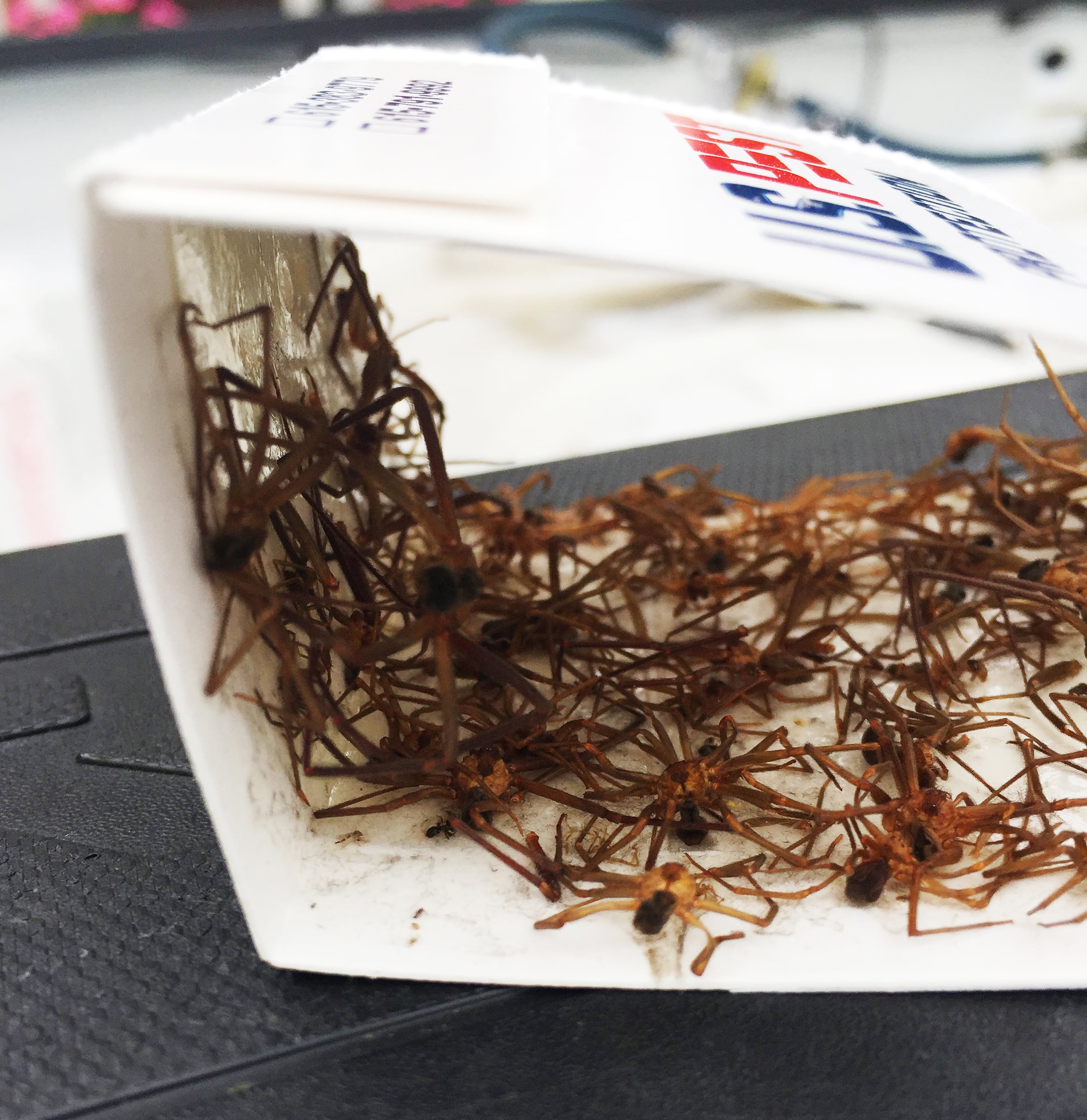
Some interesting facts about brown recluse spiders:
- Doctors may misdiagnose a brown recluse spider bite.
- Brown recluse spiders are not found all over the country.
- The brown recluse spider bite does not always cause a serious necrotic wound.
Brown Recluse bites and identification
In many cases doctors may misdiagnose a wound as a brown recluse spider bite. This may happen even in areas of the country where brown recluse spiders do not commonly exist. If it is a mysterious unknown wound that appears to be a bite it might get misdiagnosed.
Conditions that could be misdiagnosed as a spider bite might be bacterial infections, burns, cancers, vascular disorders and even Lyme disease.
The brown recluse spider can be a major concern infesting homes, but through education and information we can understand this pest. Above all, if your feel you have been bitten by a brown recluse, always seek medical attention. Due to the importance of identifying, carefully bring the spider with you if possible.
As a result, if you have a concern over populations of brown recluse spiders in your home, contact a professional pest control company for a pest inspection.
CONNECT WITH U.S. PEST
Therefore, keep up with the latest pest news at uspestnews.com. Connect and follow us on social media! Facebook | Twitter | Instagram | LinkedIn or YouTube. Need our services? Contact Us today!

